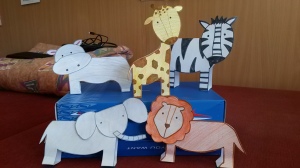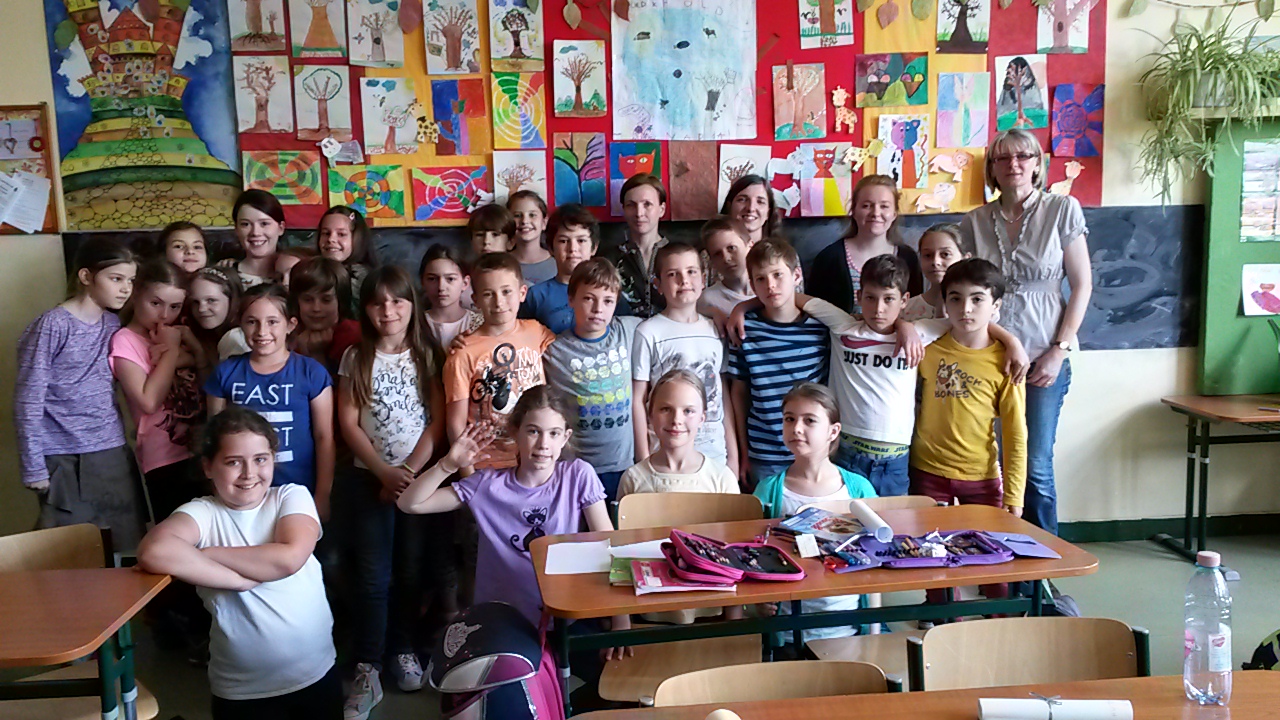As I walk up the hill away from Szabó Lőrinc for the final time my heart is heavy and light at the same time. Heavy for having to say goodbye to so many people in one day; light for the fact that I no longer have to wake up at 6:15 am just to go to school! Having just spent 13 weeks at the school it is scary to realise how quickly time flies. It feels like yesterday that we were walking through the front gate for the first time. Yet my time here has taught me many things about myself, as well as the challenges and blessings to teaching in a school for an extended period of time.
“Experience is the name everyone gives to their mistakes” Oscar Wilde (cited by Philosiblog.com, 2012)
I am nowhere near to being a perfect teacher, and honestly I don’t think one exists in today’s society! Teaching here at the school has encouraged me to develop as a professional without the pressures from tutor visits. I felt like I could take more risks in my lessons, and if something went wrong it wasn’t the end of the world. You just picked up where you left off with little consequence. These mistakes provided a huge learning curve for me, as I was able to evaluate what worked well for one class, and not for another class; but also to experiment with different ways to teach and different resources.
Teaching English as a second language, as mentioned in an early post, is not as easy as it sounds. Even though I was teaching grammar rules and structures to children, I discovered that in the process I learned a lot about the English language that I did not know myself! Grammar rules that I didn’t even know existed came to light, and I hope that in the long run this will benefit my English as well as the children’s.
One key thing that I have learned during my time here is the importance to speak slowly and simply: something that is very hard to do. When teaching English as an additional language (EAL) I discovered the importance of this regardless of the subject. Even though, at times, it requires a bit more preparation, it is worth it in the end to see understanding in the eyes of the children in front of you. Visuals and hand movements are also important when teaching EAL, especially for young learners, as the children find it easier to associate the words with something they can see. NALDIC (2012, available at www.naldic.org.uk) explains that it helps children “conceptualise learning tasks that are being presented to them, or in which they are engaged”. I found that this was particularly important in Grade 1, as the children have a low reading ability in English and were therefore able to understand and identify objects in English when they saw a picture.

The past 13 weeks would not have been possible if not for the help of all the staff at the school, as well as the company and companionship of Rebecca and Janice! It has made me realise that, if I am a teacher placed in their position, I would like to provide the same help they did for me. It is not easy to walk into a school in a new country with English not being the mother tongue; but with the help, encouragement and guidance of the teachers around me, it quickly becomes a lot easier!
Looking back I would not trade my time here for anywhere else, even home, as I believe I have gained so much more here. Having the 13 weeks teaching practice has taught me so much, and it is a valuable experience I will not be forgetting for a long time to come!
References:
NALDIC (2012), The Distinctiveness of EAL Pedagogy, available at http://www.naldic.org.uk/eal-teaching-and-learning/outline-guidance/pedagogy (accessed 21-05-15)
Philosiblog.com (2012), Experience is the name everyone gives to their mistakes, available at http://philosiblog.com/2012/03/13/experience-is-the-name-everyone-gives-to-their-mistakes/ (accessed 21-05-15)


